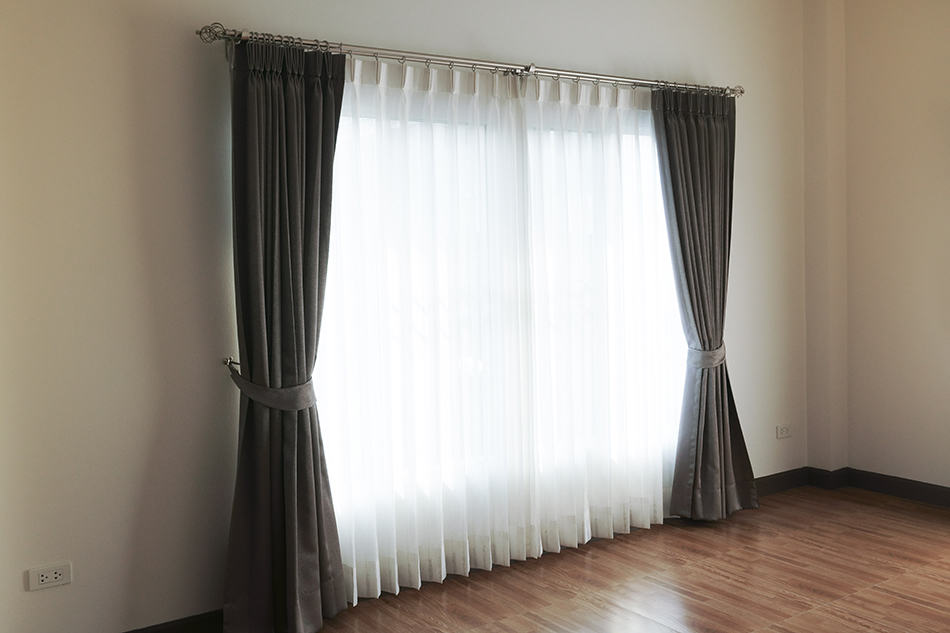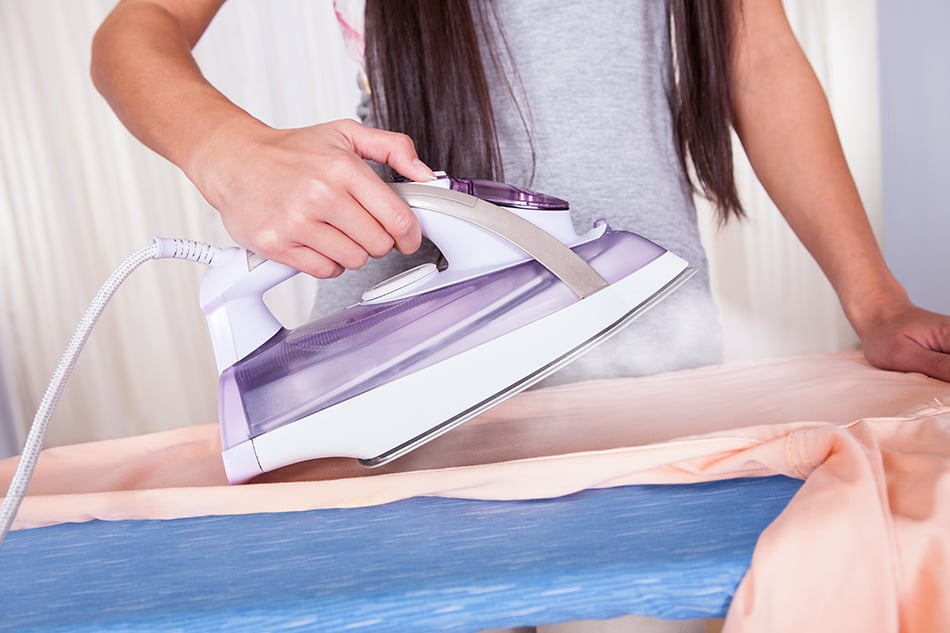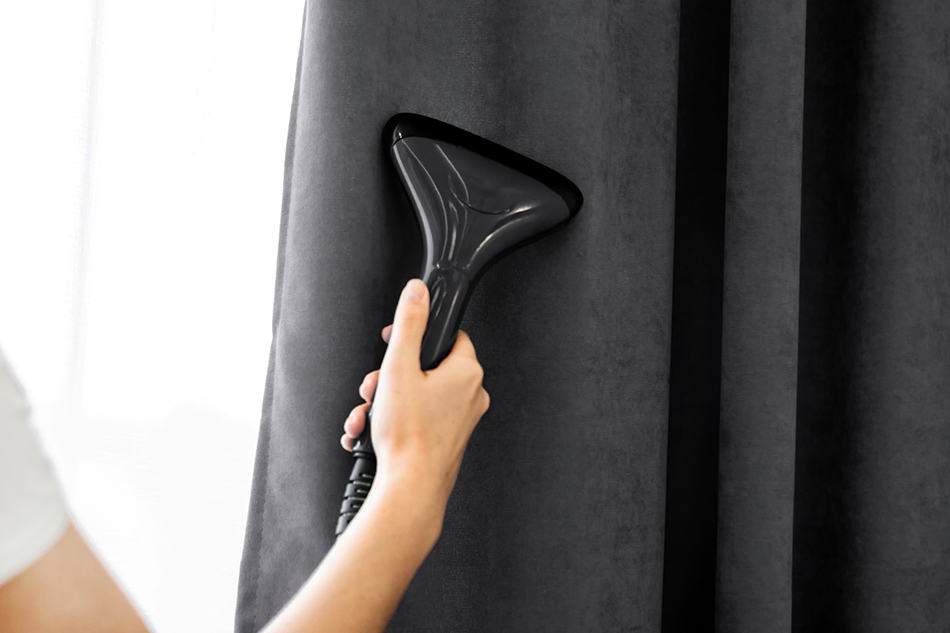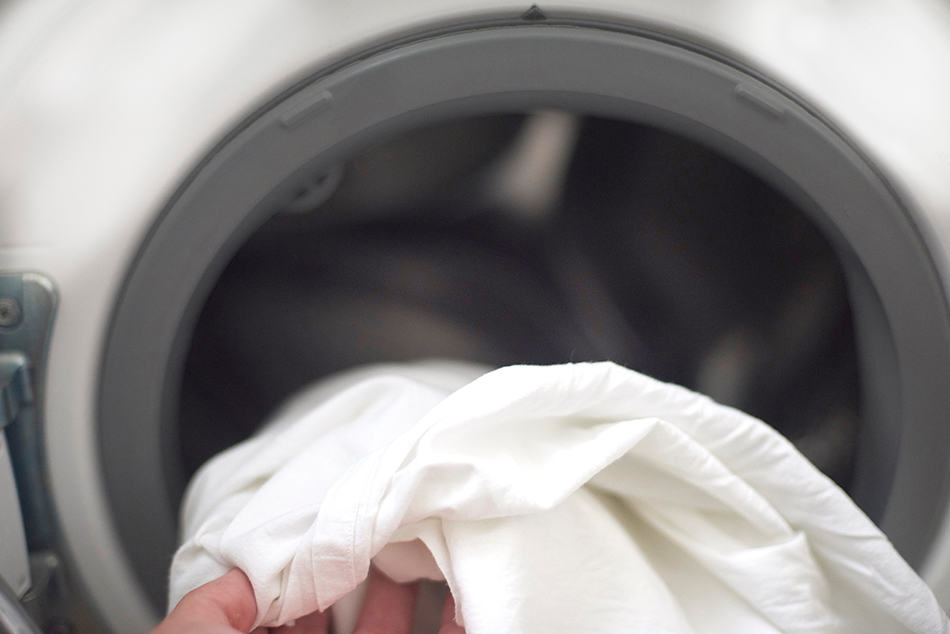A set of perfectly curvy, orderly curtains can add a touch of class to any living room or office. However, the very best natural fabrics are often the first ones to crease – and if the creases don’t follow the appropriate lines, your elegant draperies may end up looking unkempt instead.
Unfortunately, most curtain fabric tends to be very thick yet delicate. This often makes ironing complicated and tricky. They are also kept in an exposed location, so any accidentally burnt sections or damaged textures will be in plain view of all visitors.
Getting rid of stiffness, wrinkles, and creases from your curtain sets is not impossible. You just need the right tools and techniques!
Why Do Curtains Get Wrinkled?
Any large piece of heavy fabric is bound to get set in its ways. Although they are meant to be hung from somewhere high, most curtains are kept folded during transport. Once installed, it is not uncommon for a small edge to end up squished under nearby furniture or improperly folded when the curtains are hastily opened.
Other factors can make curtains more likely to wrinkle. Puddling curtains are generally harder to upkeep: the part that is left directly on the floor will get dirty more easily and can be frequently pulled by accident.
Furthermore, some types of fabric just wrinkle more easily than others. Cotton, linen, and other thin fabrics are liable to develop deep, resilient creases after being folded. Silk also tends to wrinkle around the edges, especially in dry environments. Thicker fabrics such as velvet or synthetic blends, on the other hand, tend to be more forgiving.
Getting Your Curtains Back to Total Crispness
So, how can you get wrinkles out of curtains without damaging them? Home décor experts will recommend you to follow one of four methods: ironing, steaming, through horizontal drying, or with a very precise washing machine and dryer.
Ironing Curtains
When most people think of getting rid of wrinkles, ironing curtains tends to be the first method in their minds. This is definitely one of the easiest methods to follow with curtains, although it may require you to follow a couple of extra steps to do it efficiently.
Here, you will encounter two problems: first, very large panels can be difficult to handle, and they may not fit on your ironing board. Second, some types of fabric (especially synthetic blends) may not resist direct heat directly.
To handle the first problem, your best bet will be to enlist someone’s help. If you do not have an ironing board large enough, you can opt for a smooth table instead (such as one with a melamine or plastic top). Otherwise, you should try to work in sections, focusing first on the areas where the main creases are located. Then, make sure to run the iron along the edges.
Ensuring the fabric doesn’t get damaged will require precision and care. First, you should always read the label on the side of the panel, if there is any. This will contain the main care instructions, including whether the fabric is safe to iron. If your curtains are custom made, they may not have this label. In this case, you should contact the tailor or manufacturer directly.
If you are dealing with a delicate fabric, the following tips may help protect the curtains:
- Double-check the iron to ensure you set it at the right temperature
- Sprinkle some water on a moist flannel or towel, and place it on top of the curtains. This will add an extra barrier of protection between the iron and the curtain.
- When in doubt about the fabric’s resilience, go for lower heat.
- Run the iron perpendicular to the crease and then quickly alongside it. If this is not enough to get rid of the wrinkles, just run the iron again. The longer you leave the iron continuously on the same spot of fabric, the higher the chances of burning the fabric.
Steaming Curtains
Not all homes may have their own fabric steamer. However, if one is available, then it will provide you with a more comfortable and easy way to combat creases and wrinkles. Nowadays, it is also relatively easy to find steamers for rental.
Steaming offers the following advantages:
- It is less likely to damage the fabric
- It often doesn’t require you to take down the curtains from the rod
- It will help clean the fabric, getting rid of musty odors
- It can help get rid of any pet dander or allergens trapped in the curtain
The proper method to steam a curtain will depend on the model of the steamer. Most steamers, however, include at least a water reservoir, a nozzle, and a hose connecting the two.
Simply fill the water reservoir and let the machine heat up. Once the steam is ready to come out from the nozzle, bring said nozzle to the curtain and start moving it vertically alongside the curtain panels. Ideally, you should first steam the entire panel lightly before addressing any wrinkles directly.
To flatten those difficult sections, grab a small section of the panel and pull on the fabric a bit to keep it terse. Then, move the nozzle alongside that section a bit more slowly.
Horizontal Drying
If you have neither a proper iron nor a steamer, the horizontal drying method will provide you with a more artisanal alternative to get rid of wrinkled curtains.
In order to do this, you will need to wash the curtains in your washing machine first, or at least get them lightly damp first. Then, extend them completely over a horizontal surface, such as a table or spare bed. To ensure the curtains remain fully firm and crease-free while they dry out, secure the edges with elastic bands.
Depending on the weather conditions and the type of fabric, you may need to leave these curtains like this for at least6 hours or up to 2 days. If you live somewhere hot and dry, you can shorten this process with a hairdryer or by placing them in an air-conditioned room set to “dry mode.”
Machine Washing and Drying
The last method to get rid of wrinkles and creases is only suitable for sturdier fabrics, such as velvet, synthetic blackout panels, or faux velvet. Do not attempt this with silk, sheer curtains. Make sure you check the washing instructions labels before attempting this method, and do not try if the label says “dry clean only.”
When machine-washing curtains, it is best to play it safe. Take them out of the rod and set them on your washing machine under the gentlest cycle. Depending on the size of your tub, you may also need to wash them panel by panel. Program a tumble dry or centrifuge cycle at the end of the washing cycle. If necessary, ensure no hot air is used as part of the tumble dry cycle.
During the drying cycle, you may need to stick around the machine to monitor its progress. You will need to remove the curtains as soon as you possibly can. If you are in doubt, it is best to err on the side of caution and remove them from the dryer machine a little bit too soon.
As soon as the drying cycle is finished, take them out and extend them while they are still warm. These will prevent new creases from forming. Ideally, you should place them in the rod immediately and rehang them. If you feel the curtains may still be a little bit moist, keep the windows closed and place a fan right next to the curtains to air them out.
Preventing Creases and Wrinkles
No matter which of these four methods you choose, getting wrinkles out of curtain panels is bound to be a tedious and long process. Instead of clearing out a whole Sunday to take care of this, it may pay off to prevent wrinkles in the first place. The following tips will help you limit the formation of any new wrinkles:
Try “drape training” immediately after installing the curtains: fold the drapes following the direction of the desired pleats, and use ribbon or an elastic to hold them like this for a couple of days.
- Consider adding small weights to the corners of the curtains to help them hang straight.
- Opt for shorter “kissing length” curtains rather than “puddling length” ones.
- Check any furniture around the curtains to make sure they are not accidentally causing any unseemly folds.
- Keep the window next to the curtains closed whenever possible
- When not in use, keep the curtains clipped or scalloped on top.
Curtains and draperies can be a great addition to any window. They tend to provide a bit of old-world glamour to your view and can add to your curb appeal. However, it is important to ensure they fall nicely and harmoniously to get the desired effect. Any curtains that are creased, wrinkled, or crooked will make the room look unkempt.
Fortunately, the methods we provided above will help you get them back to their original crispness without paying for an expensive dry cleaning service.









